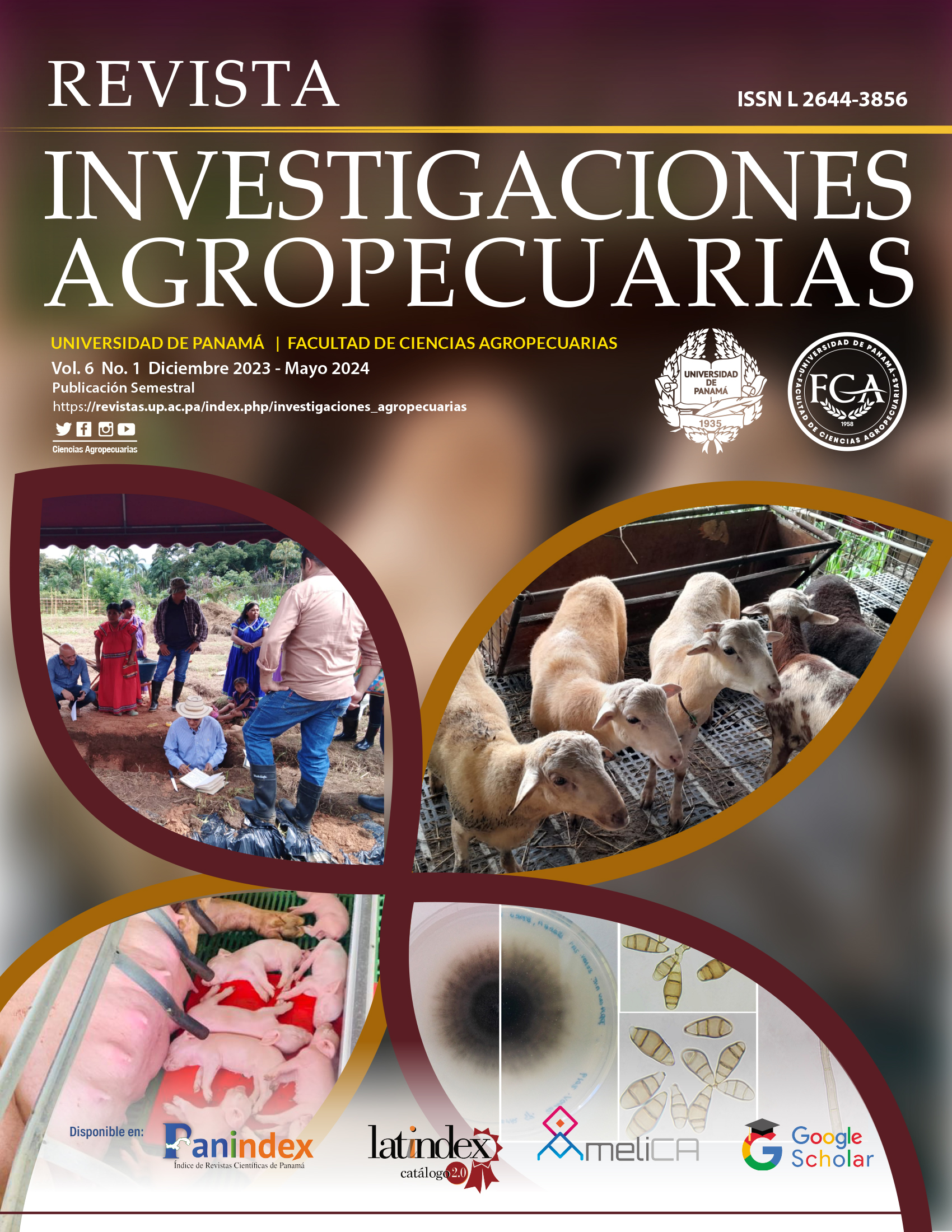

Copyright (c) 2023 Revista Investigaciones Agropecuarias

This work is licensed under a Creative Commons Attribution-NonCommercial-ShareAlike 4.0 International License.
The objective of the study was to evaluate the influence of F1 crossbreeding on productive performance and morphological characteristics in crosses of Pelibuey x Dorper (PD) and Pelibuey x Katahdin (PK). The Pelibuey breed was used as the maternal line and the Dorper and Katahdin breeds as the paternal lines. 20 male animals were used, 10 PD and 10 PK. The animals were managed in stable production systems. PD lambs had higher weight at the end of fattening, daily weight gain, carcass weight and carcass yield than PK lambs (p<0.05), however, there were no significant differences (p>0.05) in weight at birth and weaning between crosses. In relation to morphological variables, PD animals had greater head width, thoracic perimeter, chest width and rump compared to PK lambs (p<0.05). While PK lambs had greater withers height, rump height and body length in relation to PD (p<0.05). However, head length and shank perimeter did not show significant differences (p>0.05) between the crosses. The Brody and Von Bertalanffy models presented better fits to model the growth curve of the PD and PK lambs, with R2 ? 0.98. A high positive linear correlation was found between live weight and chest perimeter (r=0.98) in both crosses. In conclusion, F1 PD lambs present better productive performance and morphological characteristics appropriate to the biotype with aptitude for meat production.